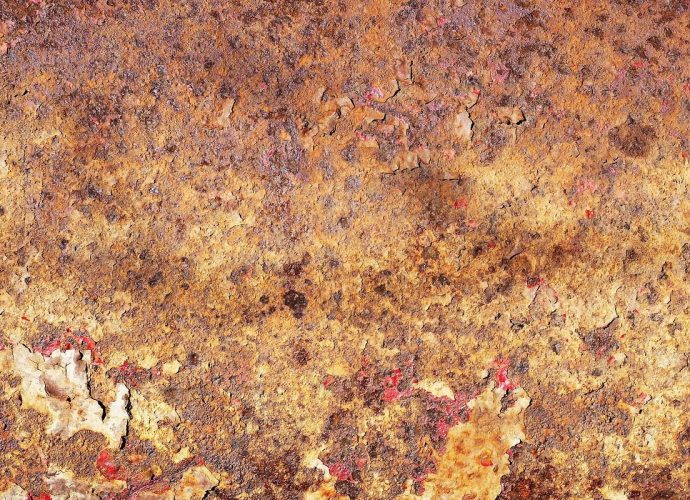Can I Workout With Anterior Pelvic Tilt?
When your hips get tight and you attempt to run your body will adjust to help re-create the movement by doing so with an exaggerated pelvic anterior tilt. With an arch in your lower back, you will only perpetuate the issue, worsening your posture, weakening your core and potentially makingRead More →









